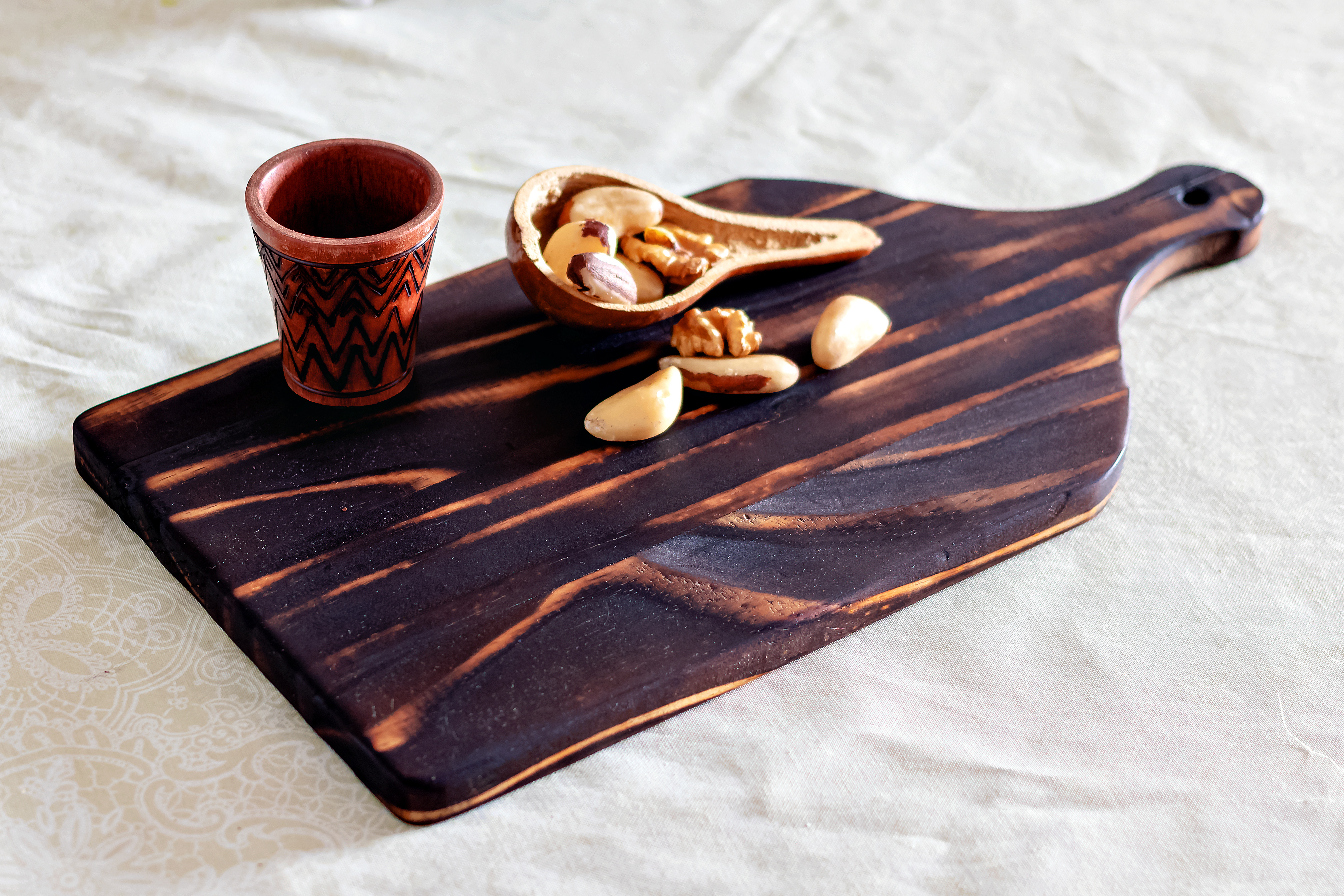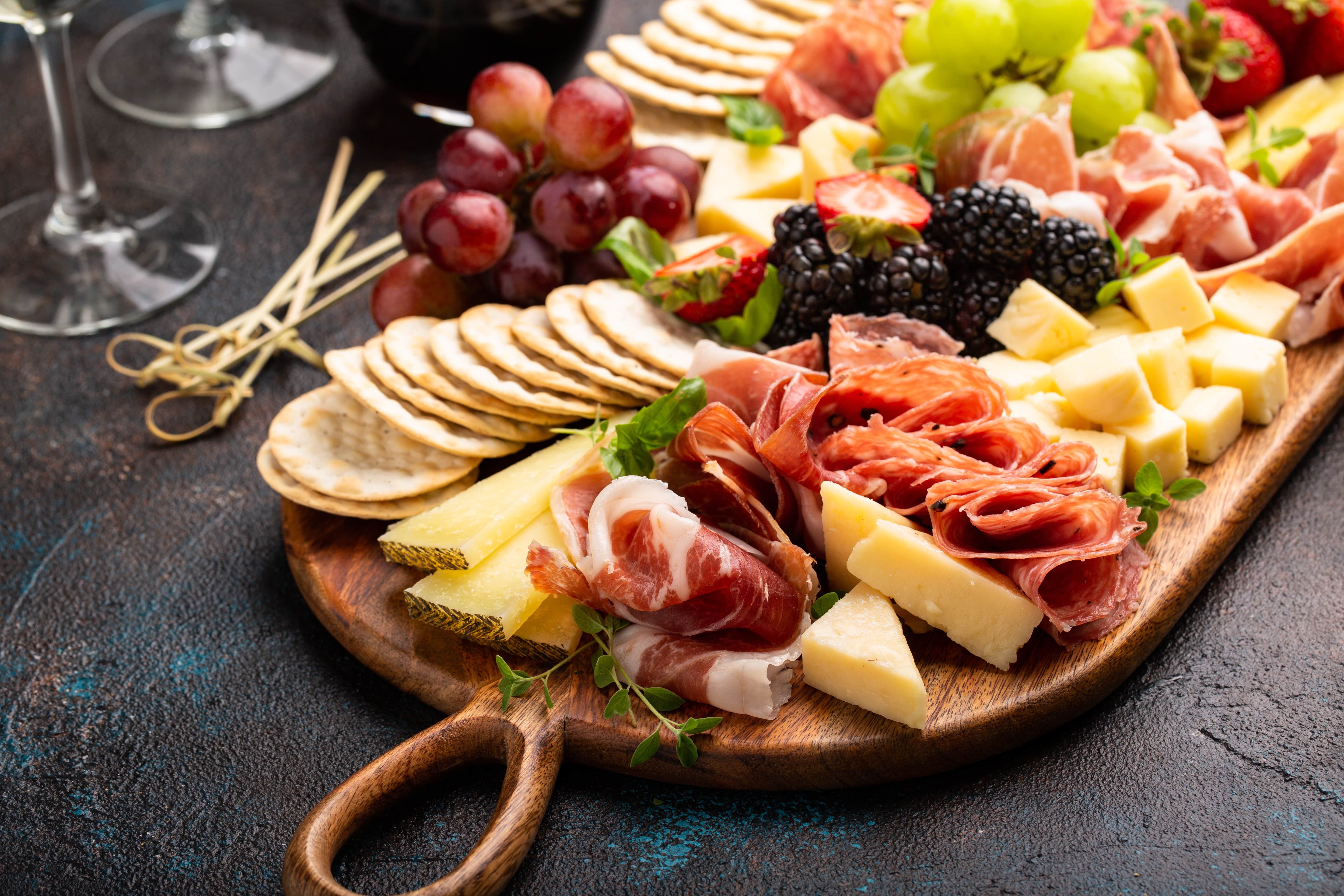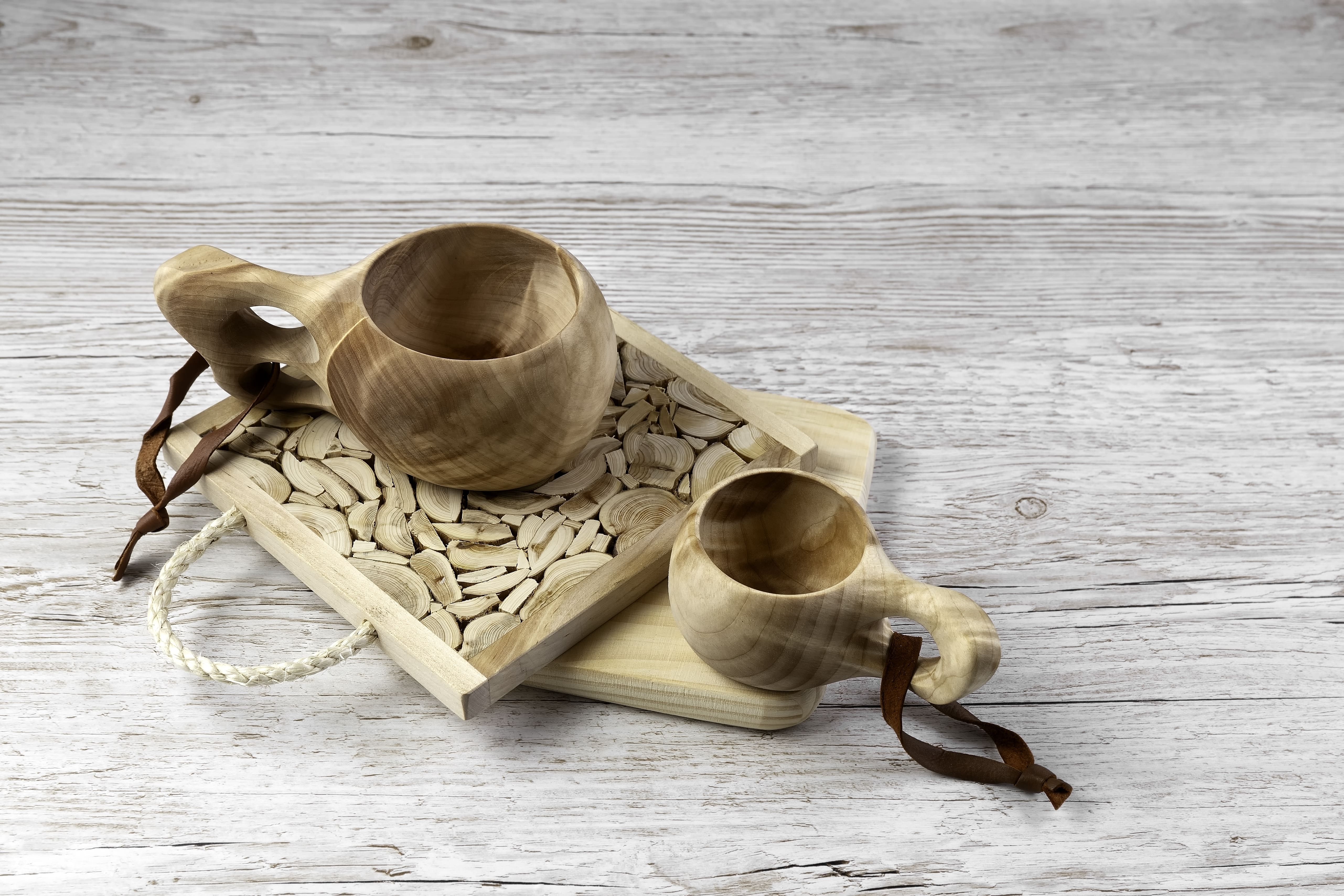Woodworking Trends for 2022
In 2020 and 2021 many people took up new hobbies and rekindled old ones. At Keim, we love to see people using their hands to get creative. We’re predicting these trends aren’t going anywhere.
Here are a few trends we’re keeping an eye on for 2022:
Natural Wood
This is a carryover from last year’s trend, but the trend is still relevant in terms of natural edge and natural tones.
At Keim we have an unmatched selection of natural slabs, burls, and more. (And when you think you’ve seen it all, ask to visit our slab inventory!)
Natural tones are still popular as well. Our 140 different wood species range in natural color, so it’s worth mentioning that light colors are in, such as Elm, and Maple. You can find these wood species (and many more) in our woodshed at Keim. Or if you want to find other species and colors, visit our Exotic Wood Library.
Shou Sugi Ban
Shou Sugi Ban is one of the most popular woodworking techniques right now and for a good reason. Shou Sugi Ban is an ancient Japanese technique used to preserve wood by charring the surface with a hot flame. This technique can be used with any type of wood you might purchase at Keim, but traditionally, the technique is used on Japanese Cedar. The process involves charring the wood, cooling it, cleaning it off, and finishing with oil.
woodworking techniques right now and for a good reason. Shou Sugi Ban is an ancient Japanese technique used to preserve wood by charring the surface with a hot flame. This technique can be used with any type of wood you might purchase at Keim, but traditionally, the technique is used on Japanese Cedar. The process involves charring the wood, cooling it, cleaning it off, and finishing with oil.
The Shou Sugi Ban process actually enhances wood’s durability and is a natural means of preserving wood without chemicals and surface treatments. It’s also a great alternative to black stains or paints!
 Large and Exotic Charcuterie Boards
Large and Exotic Charcuterie Boards
We love charcuterie and cutting boards and while this has been a trend for a while, we’re starting to see larger and more exotic boards take front and center. Get creative with the types of wood you use and don’t be afraid to go big! Using these boards for serving snacks and meals is a great way to put them to use.
Kuksa
A kuksa, or a wooden mug, is a great project for  carving beginners and experts alike! These wooden cups are made of burls, handcrafted by the indigenous Sami people of northern Europe.
carving beginners and experts alike! These wooden cups are made of burls, handcrafted by the indigenous Sami people of northern Europe.
The process is simple, but you do need patience. You’ll need a saw to cut the burl, a hatchet to raw shape, a knife to dig out the center of the cup, and sandpaper to fine shape. Simply harvest the burl, create the raw outer shaping, dig out the center, complete finer shaping, boil in extremely salted water for an hour or so (this removes the bad taste of wood), and then rinse and seal with oil!
Is there a project you’re excited to tackle this year? We want to hear from you! Get in touch with us to let us know how we can help whether it’s choosing the perfect wood, tools, or helping you along the way.